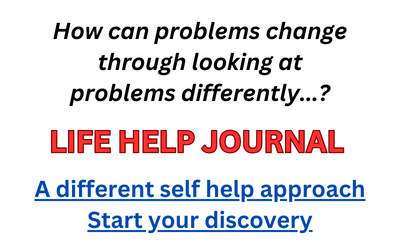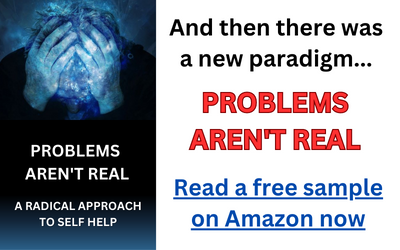A panic attack is, in fact, a physical response to mental activity. The mental activity occurs as a thought stream that essentially states ‘I am in danger’. The physical response comes as an emotion, in direct reaction to this thought stream.
The emotional response is fear, which often reinforces the initial thought stream through reasoning along the lines of — I’m feeling afraid. This proves that I really am in danger. The emotional fear reaction gets ratcheted up in response to this new thinking, to something like terror, and yet another thought stream comes up in response: I must escape from this danger now!
The body releases energizing hormones in reaction to the mind’s escape directive, in preparation for a flee: the so-called fight or flight response. Here the body is simply cooperating with the mind’s desire for escape; the mind however often doesn’t interpret fight or flight as cooperative, but instead as yet another indication that something is wrong.
My body feels abnormal. Things are getting worse! And on it goes…
It’s important to break apart the panic attack process so that we can understand, preferably when a panic attack is not actively occurring, exactly what is going on. And what is going on is nothing more than emotional reactions in response to thinking. It really is this simple.
So what can we do when a panic attack, or a thinking attack if you’d prefer, is ongoing? Interestingly enough a highly effective response during a panic attack is to do nothing at all besides observe — observe the thinking that instigates or escalates the panic episode, and the emotional reactions that occur in response. We can take the approach of a passive observer, simply watching all of the events unfold: no resisting, no trying to solve or understand, just observe.
Taking this observer approach may result in an initial discomfort as the panic attack proceeds, and there may even be the appearance of thought streams that state things are actually getting worse through “doing nothing”; eventually however, and this eventually usually comes on pretty quickly, the panic attack will begin to subside. Remain as an observer of the entire process and the panic attack will stop entirely in short order.
Why does this observer approach neutralize panic attacks? It represents the opposite of resistance — call it surrender if you like, though this term tends to have negative connotations — which is critical because resistance to something often solidifies it. Swiss psychiatrist Carl Jung made the statement ‘What you resist, persists’ and he spoke a considerable truth when he said this.
Most people do go into what amounts to resistance in the face of the sort of thought streams that trigger panic attacks. They label these thought streams as ‘bad’ or ‘dangerous’ and fret over them — resist them — instead of simply allowing them to be — surrender.
Surrender as a successful strategy? Yes — believe it or not.

